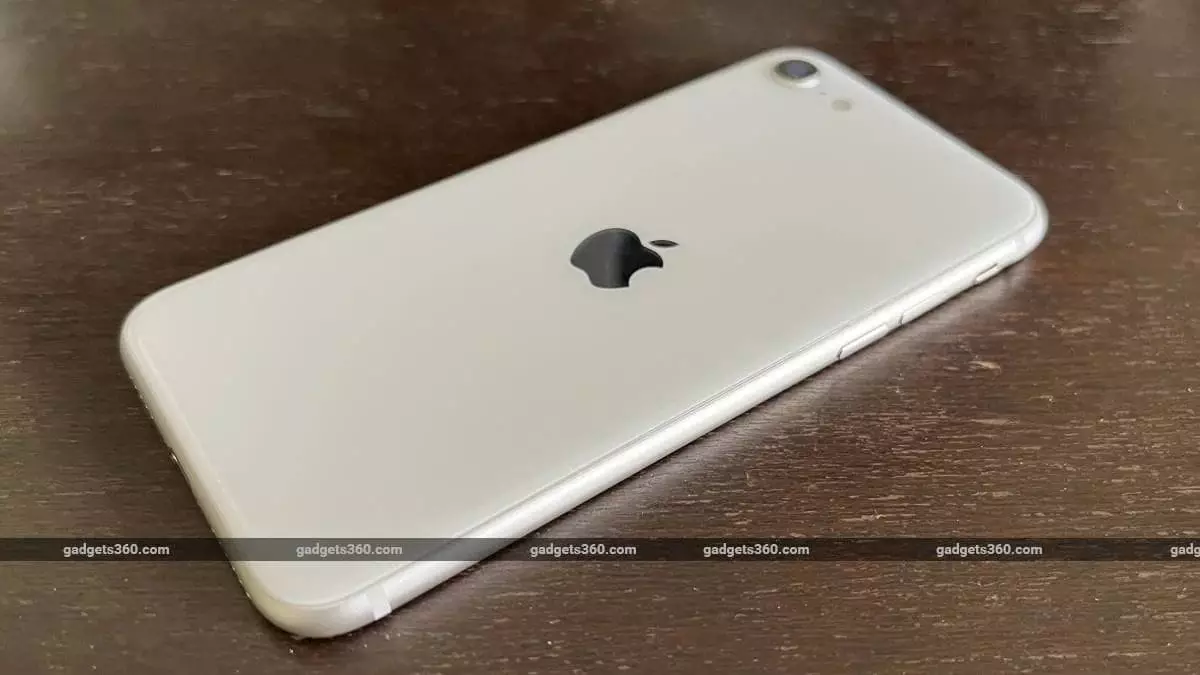The tech world buzzes with excitement as Apple prepares to unveil the highly anticipated iPhone SE 4 this week. Building on the legacy of the third-generation iPhone SE, the forthcoming model is already creating waves with intriguing design updates and enhanced specifications. Recent leaks from case manufacturers like Spigen have provided a tantalizing glimpse into what users can expect from this new addition to the iPhone family.
The leaked images from Spigen’s website showcase an aesthetic that closely mirrors the iPhone 14, particularly noticeable in the layout of the buttons and the overall silhouette. The shift from the classic Touch ID to a notch display indicates a significant step forward in design language for the SE series—a move that aligns it more closely with its flagship counterparts. The absence of the Dynamic Island is worth noting, hinting that Apple is positioning the iPhone SE 4 to maintain a distinct identity while borrowing features from its more premium models.
The indications of an Action Button—replacing the traditional mute switch—suggest a forward-thinking approach in operational features. Although a single rear camera continues to be a design decision, it allows for a sleeker finish, similar to that of the 2022 model. While this simplified camera setup may not cater to all photography enthusiasts, it aligns with the SE’s ethos of delivering a quality smartphone experience without the bells and whistles of extensive camera systems.
Under the hood, the iPhone SE 4 is poised for a significant performance leap with the introduction of the A18 chip, a cutting-edge processor expected to enhance functionality and efficiency. Upgrading from the previous 4.7-inch LCD to a 6.1-inch OLED display will offer richer color depth and superior visual experience, a change that has long been awaited by users of the SE line who have traditionally settled for less advanced screens.
Moreover, a rumored increase to 8GB of RAM positions the iPhone SE 4 as a powerhouse in the mid-range segment, setting a new benchmark in performance for similarly priced devices. The incorporation of Apple Intelligence—a nod to the expanding capabilities of artificial intelligence in mobile technology—could redefine how users interact with their devices, making them more responsive and intuitive.
With these hardware upgrades, the iPhone SE 4 appears well-equipped to satisfy both tech-savvy individuals seeking robust performance and average users looking for reliability in everyday tasks.
Amid rising regulatory pressure in Europe, Apple’s anticipated shift from the Lightning port to USB Type-C ports on the iPhone SE 4 signifies a pivotal regulatory navigation. This change not only aligns Apple with broader industry standards but also enhances user convenience, moving towards a unified charging solution that many consumers have long clamored for.
Incorporating these advancements within the iPhone SE 4 presents a holistic view of Apple’s strategy: a product designed to satisfy both evolving consumer expectations and regulatory requirements without compromising the distinct identity that SE devices have cultivated over the years.
As we stand on the precipice of Apple’s latest release, the iPhone SE 4 is shaping up to be a significant player in the mobile market. With its advanced design reminiscent of the iPhone 14, robust technology enhancements, and compliance with emerging regulations, it appears to be addressing the needs of a diverse consumer base.
While the iPhone SE series has always catered to those seeking an affordable yet capable smartphone, the iPhone SE 4 promises to further blur the lines between mid-range value and high-end performance. As we await its official debut, one can anticipate that this device will not only uphold the legacy of its predecessors but also redefine what users expect from Apple’s more accessible devices in the future.


Leave a Reply